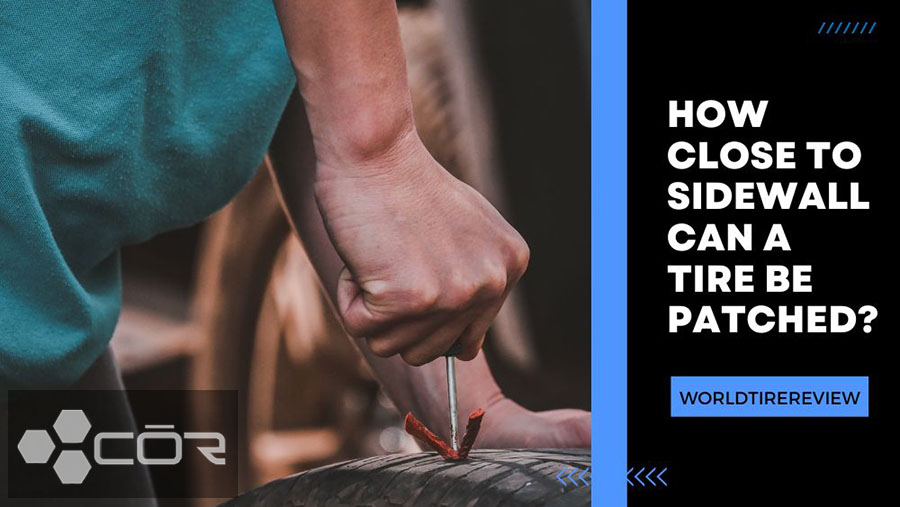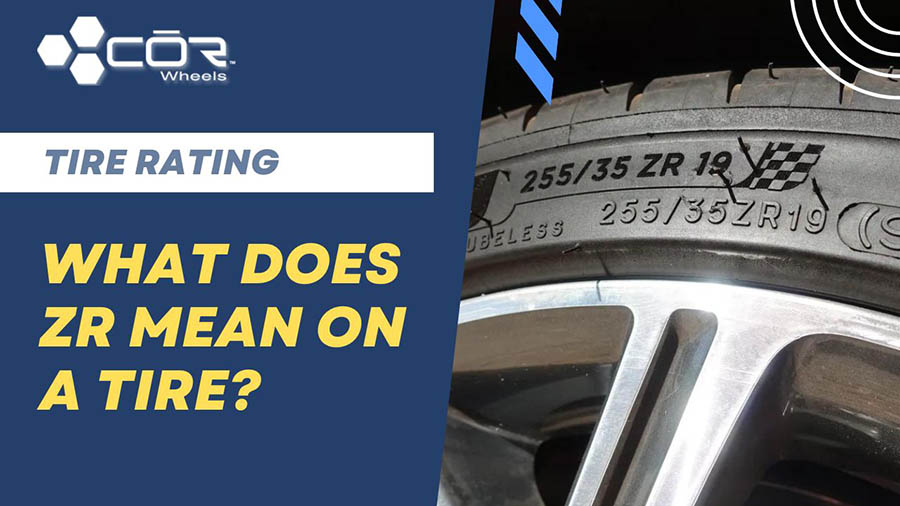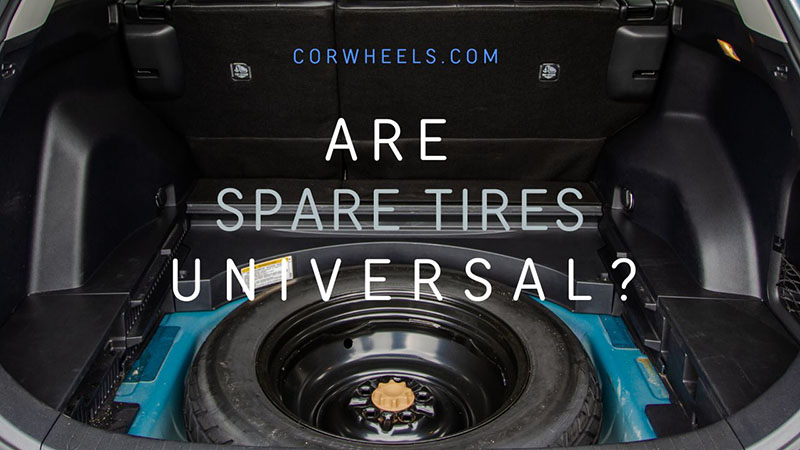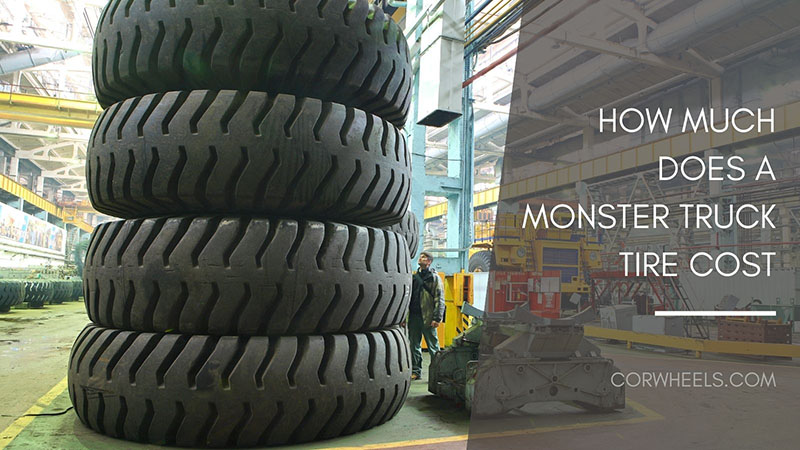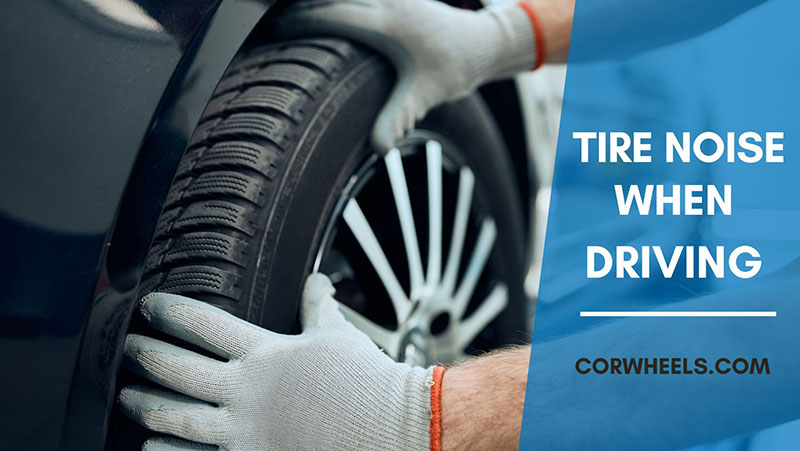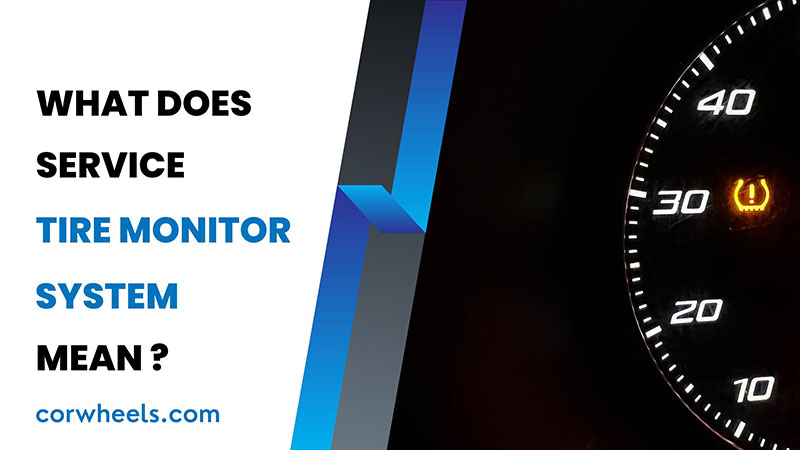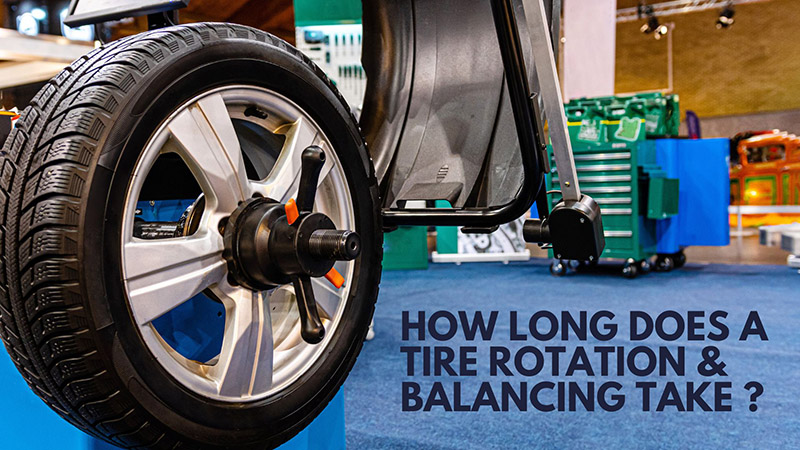A punctured tire is one of the common problems many drivers have encountered, and using a patch is the most feasible remedy to this issue. Yet is patching or plugging a tire near the sidewall possible? The answer lies in our following sections.
In this article:
What Is A Tire Patch?
You can patch your flat tires when they get punctured. More specifically, the patch is a piece of rubber with an adhesive back stuck onto a tire’s internal parts.
Hence, it is solid and endurable over time, lasting up to ten years if you install it properly and maintain your automobile tire frequently. But the standard procedure is laborious and meticulous, unlike lugs that should only be used as an emergency option.
How Close To Sidewall Can A Tire Be Patched?
A distance of 6mm or more between the hole and the sidewall is ideal. If the figure is above this standardized threshold, the patch cannot fit, and you can’t fix the problem at all.
A crack bigger than ¼ inch is technically suitable for tire sidewall repair but not viable in the long run. This is because a normal patch cannot cover the hole fully, inducing the wheel to deflate over time due to the leakage of air passages.
Alternatively, you have to rely on a larger patch, but the car wheel will likely become bulkier and more difficult to rotate efficiently. An appropriate patch is of paramount importance then.
How Do You Patch A Tire Efficiently?
Below is a thorough tutorial about the patch method you should take close notice of. Let’s get started!
- Step 1: First, you must take the tire out from the wheel rim. This practice will help you examine and analyze the sidewall damage extent that the puncture point renders.
- Step 2: After successfully locating the main cause, you must file the hole’s sides smoothly to stop its expansion.
- Step 3: Clean the surrounding area carefully with a sprayer and cleansing mixture.
- Step 4: Afterward, you are required to vulcanize the rubber cement. All you have to do next is inflate the newly fixed tire and disengage the clutch again.
There are some helpful tips that you should pay attention to:
- Once you have completed the patching, try to avoid stretching the tires to excess, as they are not as good as newly purchased. Drive your car for a short distance instead of long or fast-speed journeys as well.
- The above instructions can differ among vehicle types and brands. Thus, it is strongly recommended that you analyze the car manufacturer’s manual beforehand.
- However, not all fixes are possible since the flaw may be beyond your knowledge or meet some particular conditions mentioned earlier. You are advised to tow your car to a reliable repair shop and get it fixed by qualified mechanics.
See more: How Long Does A Tire Plug Last?
How Could You Prevent Your Tires From Getting Punctured?
You can apply five approaches below to minimize the chances of your tires getting punctured: examining the tire pressure, rotating car wheels, averting road dangers, preventing your tires from overloading, and noticing recalls.
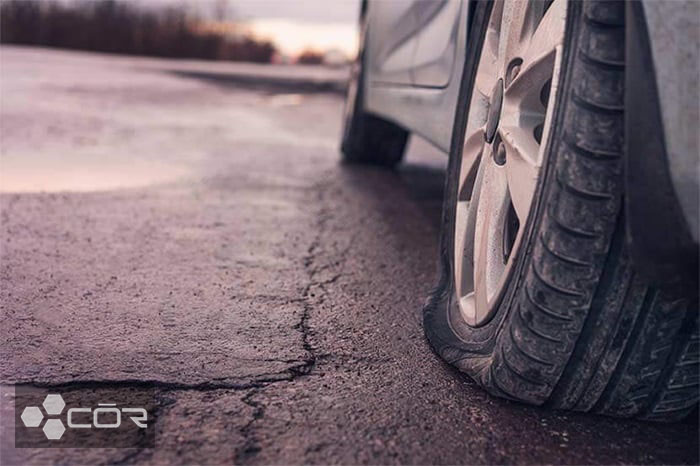
Examine The Tire Pressure
When the pressure level in your tires exceeds the standard, a puncture is in the horizon. Yet, too little pressure is also not good for the tire condition since the sidewall becomes more vulnerable to wear due to the loss of a steel belt.
In addition, worse scenarios would arise if the tire pressure amount is incorrect. The reason is that the heat gradually accumulates inside without escaping, which causes the tire to explode and consequently jeopardizes drivers’ safety.
Rotate Your Car Wheels
This practice is simple but helps a lot in protecting your tires. When you hit the road, the tire tread will make contact with the road surface. In turn, extra traction and water displacement are provided, preventing parts of the tire from internal damage.
Avert Road Dangers
Some road hazards, including sharp objects, rocks, potholes, debris, etc., are the main culprits behind a puncture. Therefore, it is best to avoid them all to obtain maximum protection for your tires.
Prevent Your Tires From Overloading
Overloading leads to an increase in the air pressure inside your tires. As we have mentioned earlier, various problems could arise, such as the risk of blowout or puncture.
Watch For Recalls
Some models are on the fritz before being released to the public. If your automobile, unfortunately, belongs to this group, you should watch for the tire manufacturer’s recalls by calling or emailing. Good luck!
Frequently Asked Questions
Can You Plug The Sidewall Of A Tire?
No. Plugging is only possible in the center of the tire.
What Is A Suitable Speed You Should Maintain While Driving On A Patched Tire?
The maximum velocity should be 85 mph. You would meet some unpredictable dangers on the way when overdoing this limit.
Is It Possible To Patch A Tire With Two Nails In It?
Yes.
The gap between two holes must be at least 16 inches. Theoretically, you are capable of sealing them with two nails as you wish.
The Bottom Line
We hope you will gain comprehensive insights into the sidewall tire patch and feasible methods to avoid a puncture.
Thank you for being fervently supportive, and have a nice day

